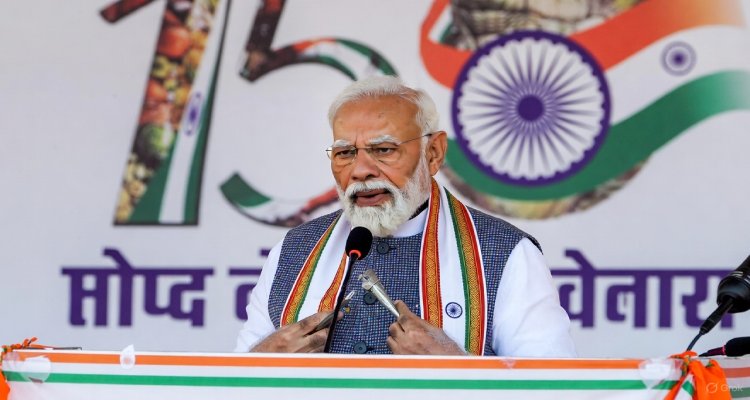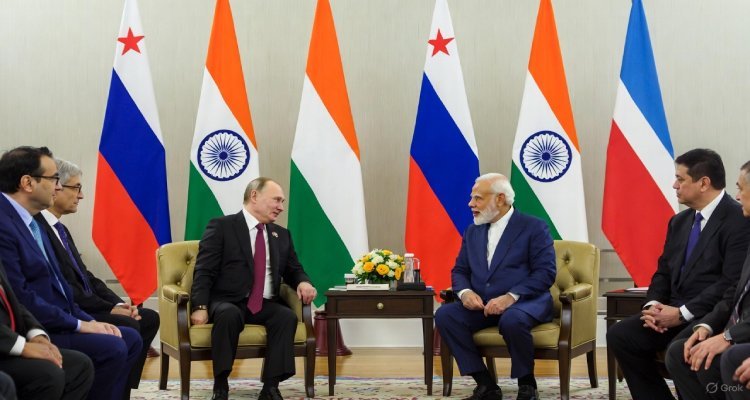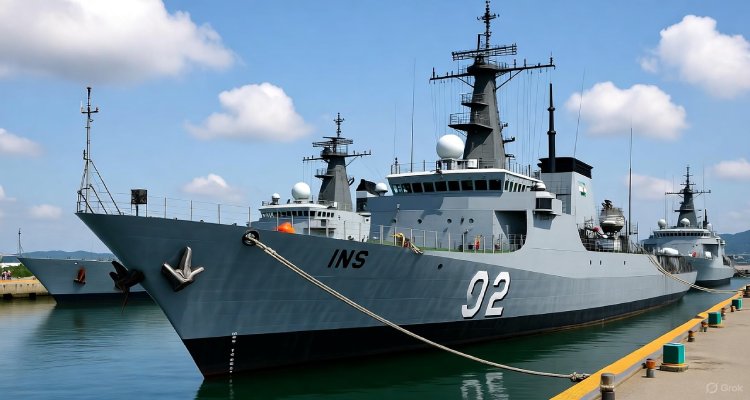India and South Korea Launch First-Ever Bilateral Naval Exercise, Strengthening Indo-Pacific Maritime Ties
India and South Korea begin their first-ever bilateral naval exercise, marking a new chapter in defense cooperation and Indo-Pacific maritime security.
Introduction: A New Wave in Indo-Pacific Naval Diplomacy
In a historic milestone for maritime cooperation, India and South Korea have launched their first-ever bilateral naval exercise — a strategic collaboration underscoring both nations’ shared commitment to ensuring stability and security in the Indo-Pacific region. The Indian Naval Ship (INS) Sahyadri arrived at South Korea’s Busan Naval Harbour to participate in this landmark event, marking a new chapter in the growing defense partnership between the two democracies.
Context & Background: Building on Years of Strategic Synergy
The maiden Indian Navy–Republic of Korea Navy (IN–RoKN) exercise is not just a naval drill — it represents the culmination of years of dialogue, mutual trust, and aligned maritime objectives.
Over the past decade, India and South Korea have steadily strengthened their strategic ties, particularly in defense, trade, and technology. The two countries share common concerns over freedom of navigation, maritime domain awareness, and regional peace amid growing tensions in the Indo-Pacific.
India’s Act East Policy and South Korea’s New Southern Policy have further aligned their geopolitical outlooks, bringing the two nations closer in security collaboration. The launch of this inaugural naval exercise now formalizes those intentions into coordinated action at sea.
Main Developments: INS Sahyadri at the Helm
Leading India’s representation is INS Sahyadri — a Shivalik-class stealth frigate indigenously designed, constructed, and commissioned in 2012. The ship embodies India’s naval self-reliance and advanced maritime engineering capabilities. Equipped with guided missiles, stealth features, and multi-role combat systems, Sahyadri reflects India’s growing technological prowess in naval defense.
The ship’s deployment to the South China Sea and the broader Indo-Pacific during this exercise emphasizes India’s role as a responsible maritime power and a preferred regional security partner.
The inaugural IN–RoKN exercise includes two key components — the harbour phase and the sea phase:
- Harbour Phase: During this phase, naval personnel from both countries engage in reciprocal cross-deck visits, professional exchanges, and joint training sessions. These activities foster interoperability and enhance understanding of each navy’s operational frameworks.
- Sea Phase: This phase focuses on complex maritime drills, tactical maneuvers, and coordinated operations aimed at improving joint warfighting and humanitarian response capabilities.
Together, these exercises strengthen readiness and coordination, laying the foundation for future joint missions.
Expert Insight: Strengthening the Indo-Pacific Security Fabric
Defense analysts see this exercise as a timely and strategic step amid a rapidly evolving regional security environment.
“India and South Korea are both maritime democracies positioned along key sea lanes of communication. Their growing naval cooperation adds a stabilizing layer to the Indo-Pacific’s security architecture,” said Dr. Arvind Menon, a maritime security expert at the Indian Council for Strategic Studies.
Similarly, South Korean defense commentator Ji-Hoon Park noted, “This exercise sends a clear message of collaboration and deterrence. It shows that both Seoul and New Delhi are ready to contribute to regional security, especially amid rising naval assertiveness in nearby waters.”
Impact & Implications: Beyond the Naval Horizon
The inaugural bilateral exercise signals a significant evolution in the India–South Korea strategic partnership. It deepens defense engagement beyond existing frameworks such as the India–Korea Defense Industry Cooperation Memorandum and reflects shared priorities in maritime domain awareness, anti-piracy operations, and freedom of navigation.
For India, it complements its broader Indo-Pacific strategy, reinforcing partnerships with like-minded nations including Japan, Australia, and the United States under frameworks like the Quad. For South Korea, it diversifies its security partnerships beyond its traditional allies and asserts its role as a proactive maritime nation.
In the longer term, such exercises could pave the way for joint patrols, intelligence sharing, and advanced defense technology collaboration, further strengthening the Indo-Pacific’s cooperative defense network.
Conclusion: Charting a Shared Maritime Future
The first-ever India–South Korea naval exercise is more than a symbolic gesture — it’s a tangible step toward building a resilient Indo-Pacific alliance anchored in shared values, mutual respect, and maritime security.
As INS Sahyadri sails alongside South Korean vessels across the waves of the East Sea, it carries with it not just India’s naval flag, but also the spirit of cooperation that defines a new era of Asian maritime diplomacy.
Both nations now stand poised to transform these waters into a zone of peace, partnership, and progress — a testament to what collaborative security can achieve in a divided world.
Disclaimer: This article is based on publicly available information and official defense releases. It aims to provide analytical and journalistic coverage of the India–South Korea naval exercise.
.











